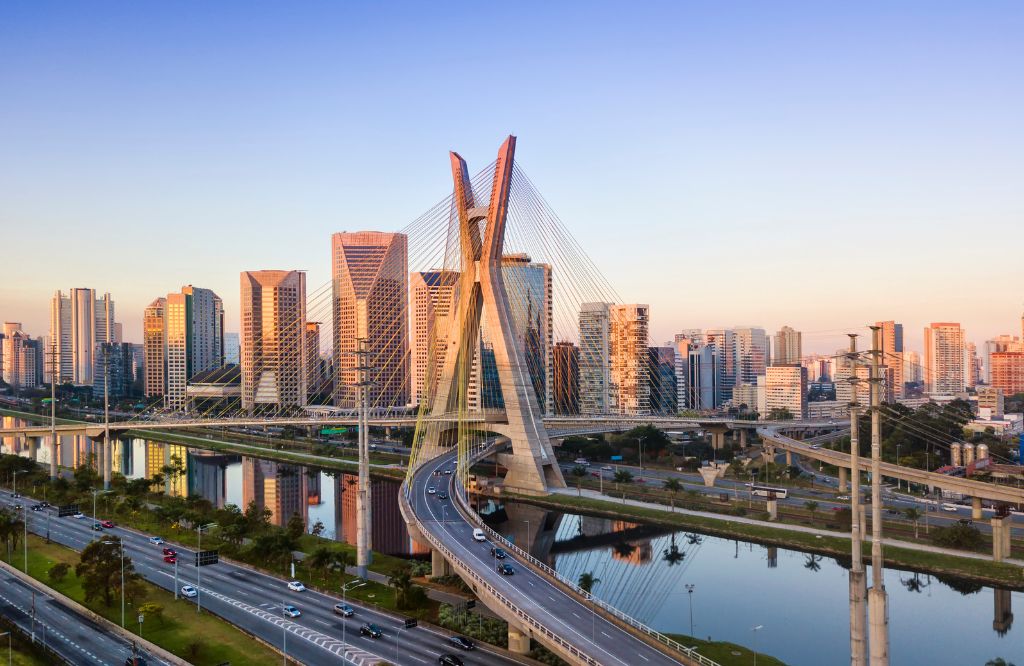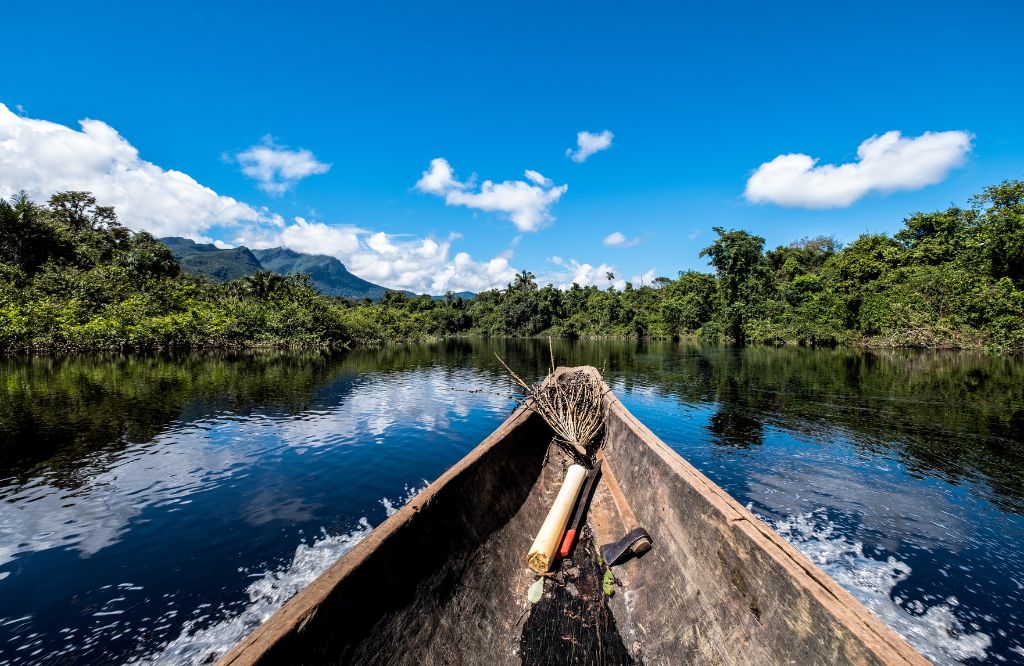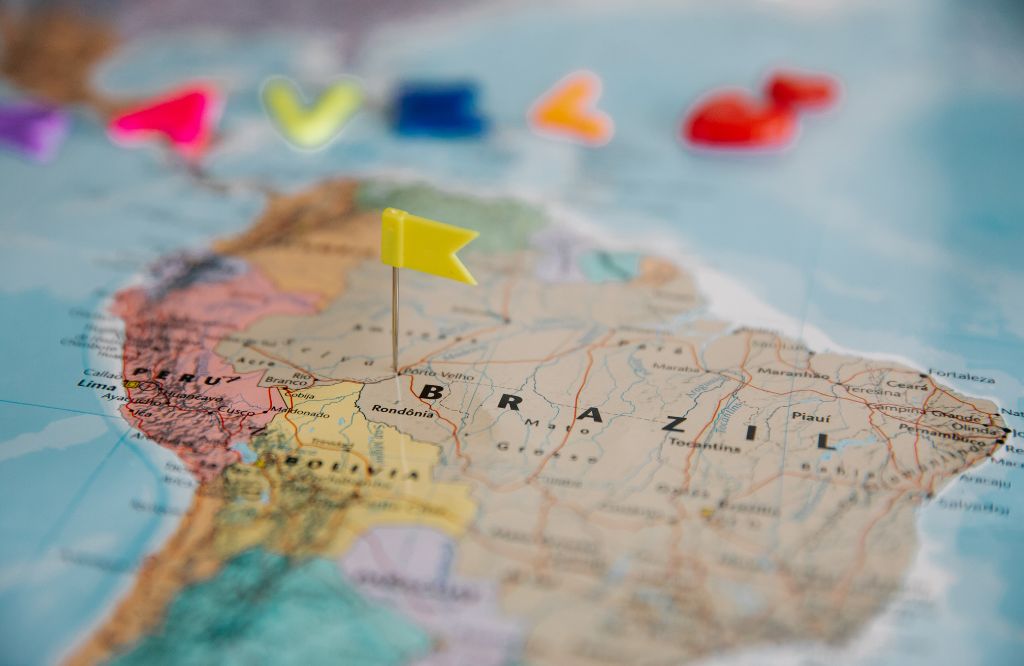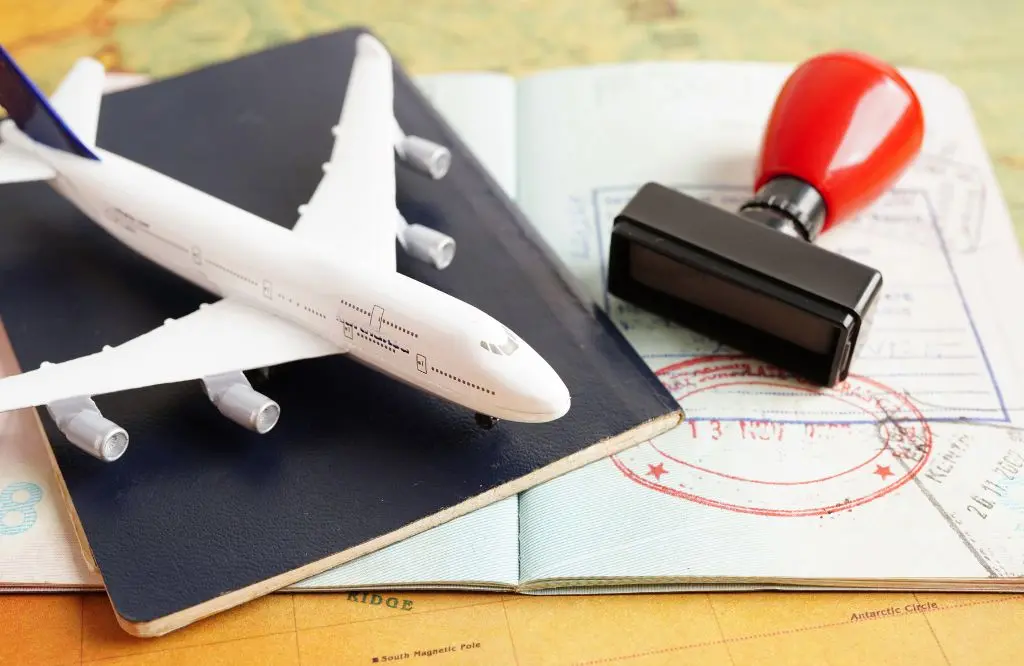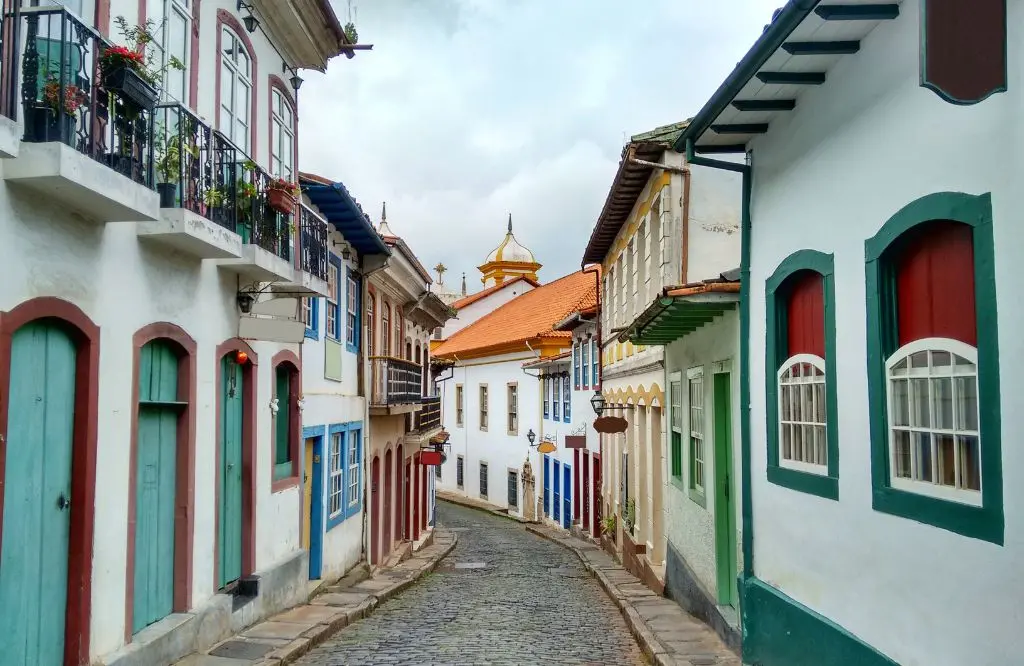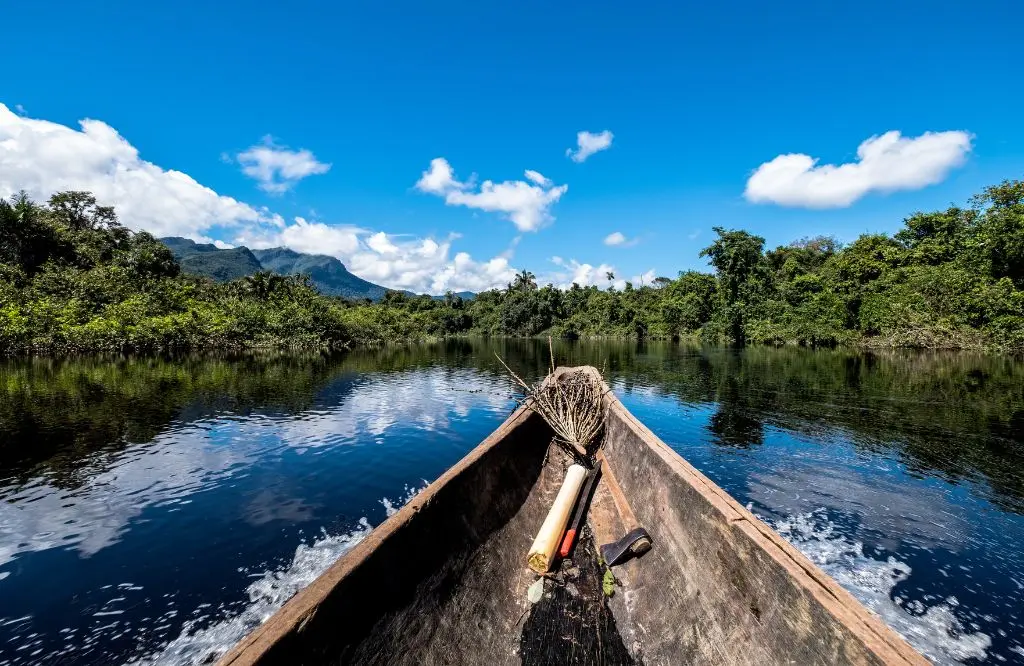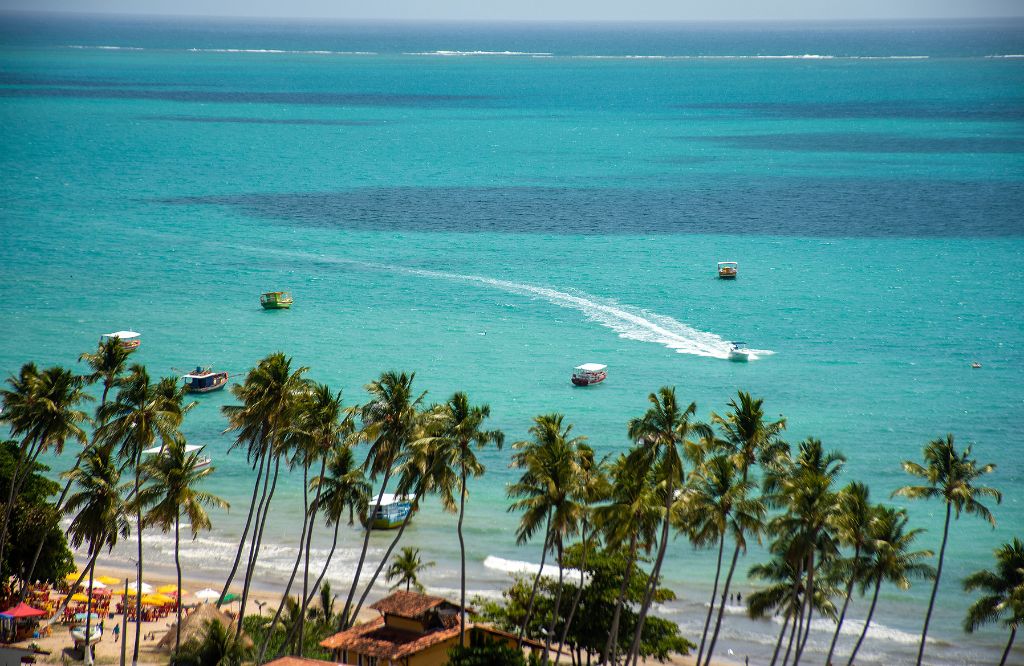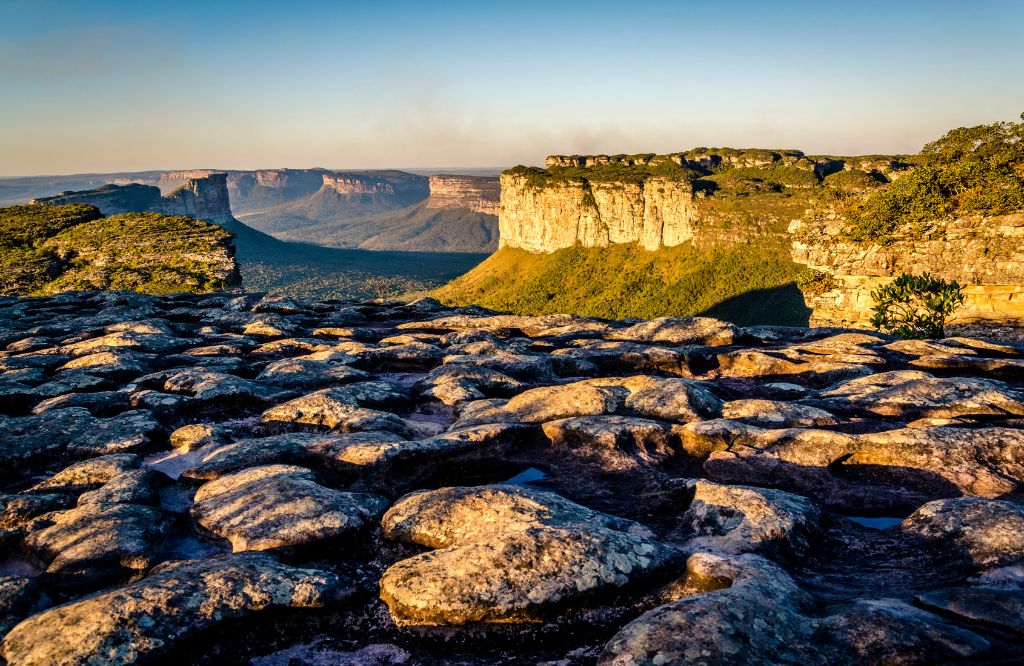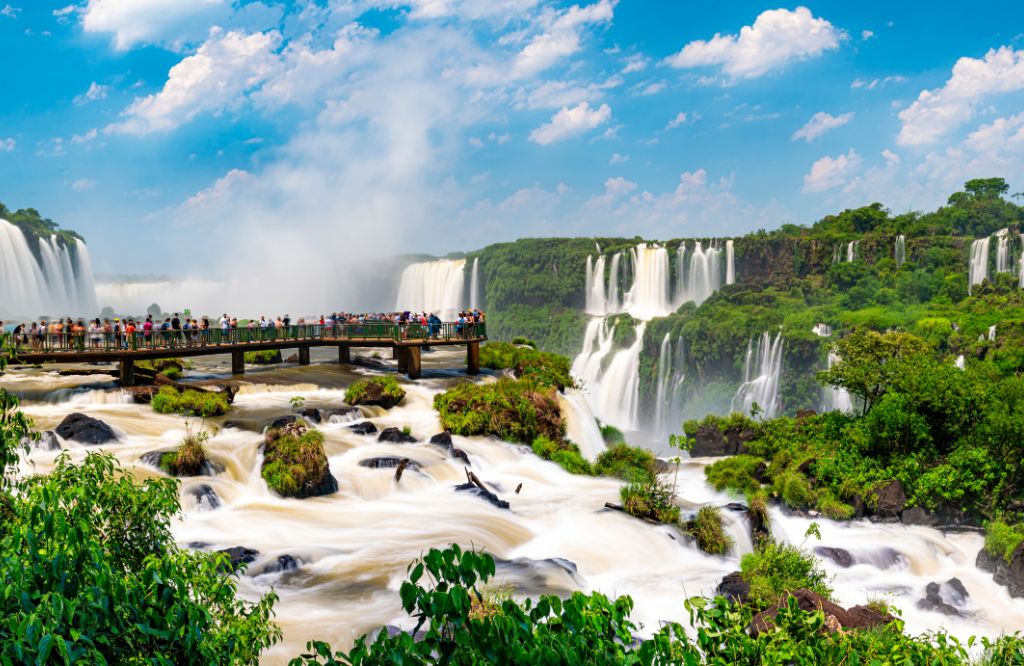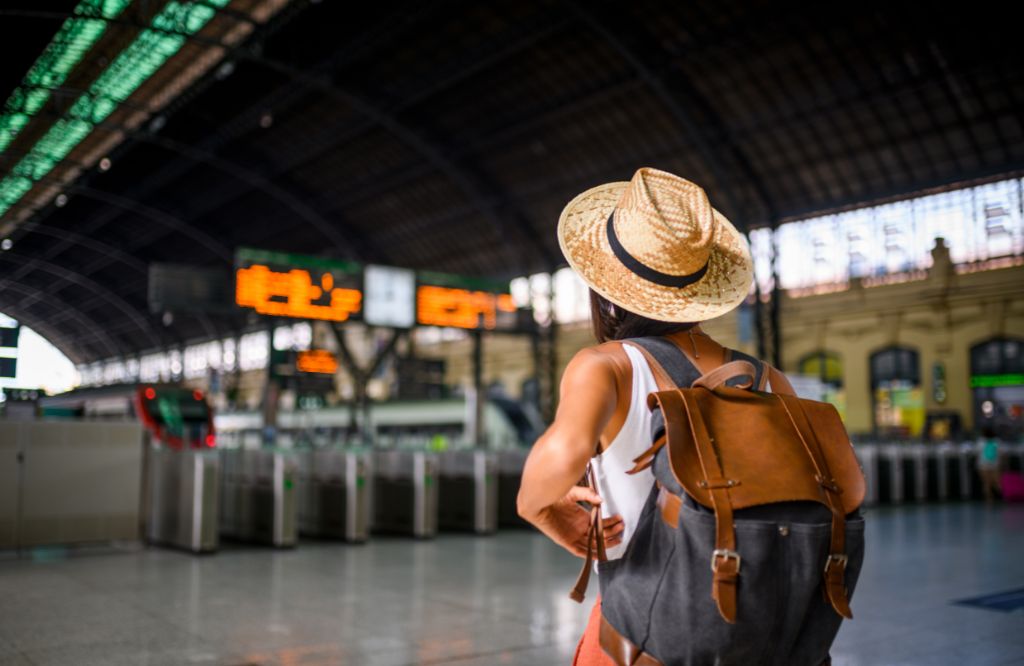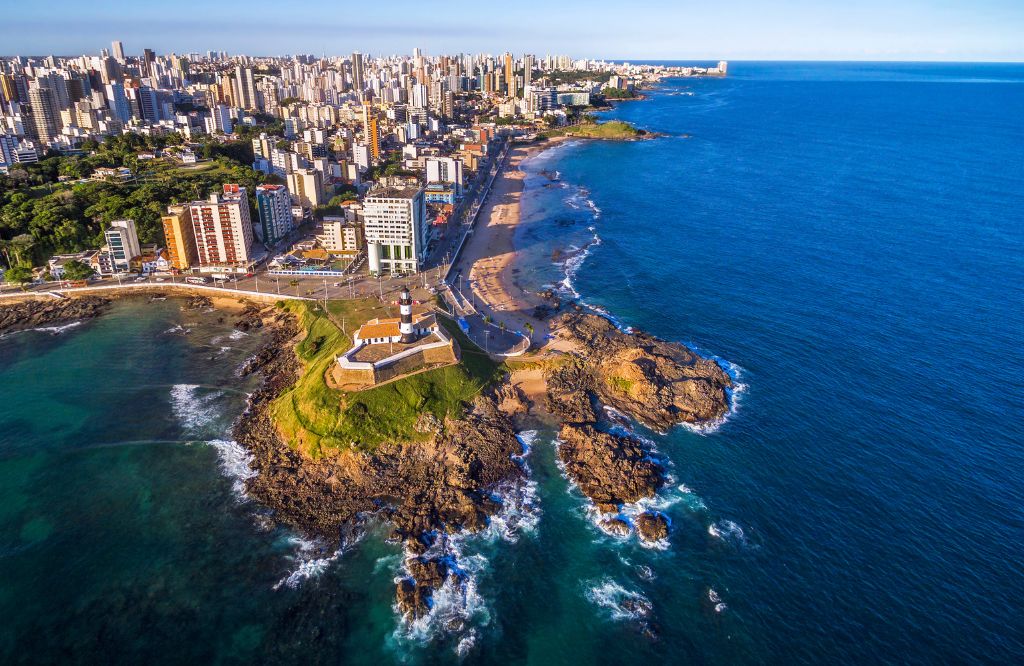
Bahia is an incredible destination, full of culture, history, and stunning landscapes. Whether you’re looking for a place to relax, seek adventure, or connect with nature, tourism in Bahia offers all that and much more. With a rich cultural heritage reflected in music, dance, and cuisine, the state provides a unique experience for all types of travelers.
Beach lovers will find their perfect refuge in destinations like Porto Seguro, Itacaré, and Praia do Forte, where crystal-clear waters and white sands offer moments of pure tranquility.
For those seeking a deeper connection with nature, Bahia offers ecological reserves, national parks, and protected areas that are true biodiversity sanctuaries. Chapada Diamantina is ideal for adventurers, with challenging trails, hidden waterfalls, and mysterious caves.
Additionally, Bahia celebrates life in a unique way. Popular festivals like Salvador’s Carnival and the Festa de Iemanjá attract thousands of visitors from around the world, providing an unforgettable cultural immersion. Bahian cuisine, with its intense flavors and typical dishes like acarajé and moqueca, is a true sensory journey.
Explore the best destinations and tips to make the most of your trip and discover why tourism in Bahia is so special.
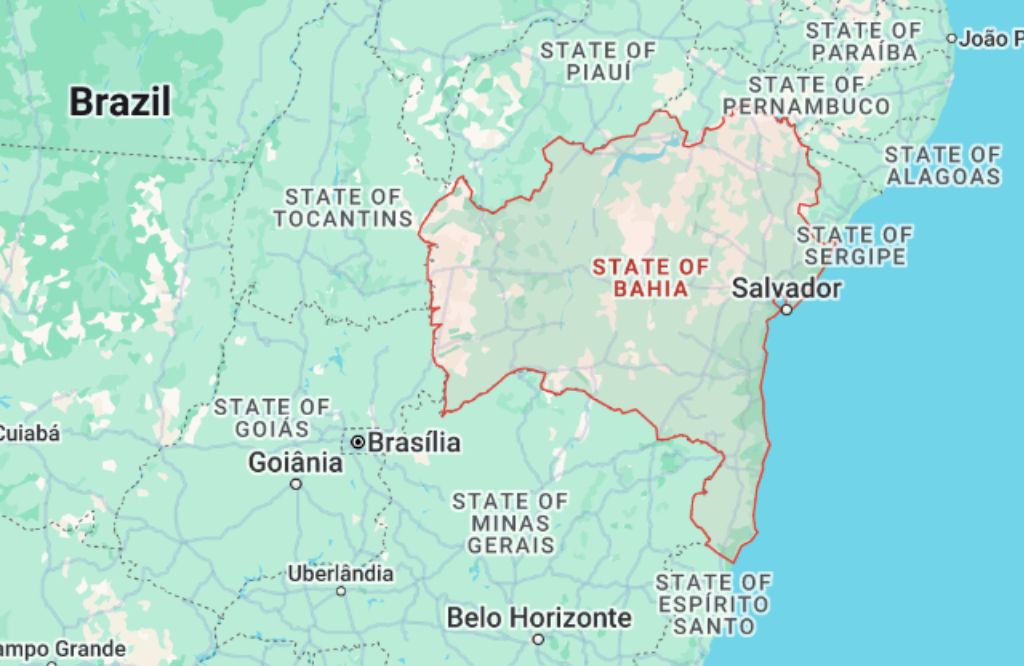
Destinations in Bahia
There are no sub-destinations available.
Most popular destinations in Bahia
There are no popular sub-destinations with a featured image.
Main destinations in Bahia
Bahia is a state full of charms, with destinations that please all types of travelers. From paradisiacal beaches to historic cities, tourism in Bahia offers a variety of unforgettable experiences. Let’s explore some of the main destinations you cannot miss.
Salvador
Salvador, the capital of Bahia, is a true cultural treasure. With its colorful and historic Pelourinho, the city offers a unique immersion in Bahian culture. The cobblestone streets, baroque churches, and colonial mansions tell stories of a vibrant past. Additionally, Salvador is famous for its popular festivals, such as Carnival, which attract visitors from all over the world.
The city is also a paradise for food lovers. Try typical dishes like acarajé, moqueca, and vatapá at the numerous restaurants and street stalls. Don’t miss visiting the Mercado Modelo to buy local crafts and the Elevador Lacerda for a panoramic view of the Baía de Todos os Santos. Salvador is a destination that combines history, culture, and fun in one place.
Porto Seguro
Porto Seguro is known for its lively beaches and vibrant nightlife. Besides the parties, the city has significant historical importance, being one of the first landing points of the Portuguese in Brazil. Visit the Passarela do Descobrimento, a place full of bars, restaurants, and craft shops, where you can feel the contagious energy of the place.
The beaches of Porto Seguro are another great attraction. Arraial d’Ajuda and Trancoso are nearby destinations that offer paradisiacal beaches with crystal-clear waters and white sands. If you like diving, don’t miss exploring the coral reefs in the region. Porto Seguro is ideal for those seeking fun, history, and natural beauty.
Chapada Diamantina
For nature and adventure lovers, Chapada Diamantina is the perfect destination. With its waterfalls, caves, and trails, the national park offers breathtaking landscapes. Morro do Pai Inácio provides an incredible panoramic view of the region, ideal for photos and moments of contemplation.
The Cachoeira da Fumaça, one of the highest in Brazil, is a must-see attraction. The trail to the waterfall is challenging, but the view at the end is worth all the effort. Additionally, Chapada Diamantina is rich in biodiversity, making it a great place to observe local fauna and flora. If you seek adventure and contact with nature, this is the right place.
Itacaré
Itacaré is a paradise for surfers and ecotourism lovers. With deserted beaches and trails in the Atlantic Forest, the city offers a perfect environment to relax and connect with nature. The beaches of Itacaré are known for their perfect waves, attracting surfers from all over the world.
Besides the beaches, Itacaré offers various ecotourism activities, such as rafting, tree climbing, and kayaking. The city is also famous for its waterfalls and natural pools, ideal for a refreshing bath after a hike. Itacaré is the ideal destination for those seeking adventure and tranquility amidst nature.
Praia do Forte
Praia do Forte is a charming village that combines tranquil beaches with rich marine life. The Projeto Tamar, which protects sea turtles, is one of the main attractions and offers an educational and exciting experience. The calm waters are perfect for families and couples looking for a relaxing environment.
The village is also known for its leisure and dining options. With a variety of restaurants, bars, and shops, Praia do Forte is a place where you can enjoy a delicious meal after a day of sun and sea. Don’t miss visiting the Garcia D’Ávila Castle, a historic building that offers a spectacular view of the region. Praia do Forte is a destination that combines natural beauty and comfort.
Morro de São Paulo
Morro de São Paulo is an enchanting destination that attracts tourists looking for paradisiacal beaches and a relaxed atmosphere. Located on Tinharé Island, the village does not allow cars, contributing to a peaceful and welcoming environment. The beaches are numbered from First to Fifth, each with its unique characteristics, from the hustle and bustle of the First Beach to the tranquility of the Fifth Beach.
Besides the beaches, Morro de São Paulo offers various activities such as boat trips, diving, and zip-lining. The nightlife is also lively, with bars and parties happening by the sea. The island is perfect for those looking to relax during the day and have fun at night, all in a breathtaking setting.
Ilhéus
Ilhéus is known as the land of Jorge Amado and offers a rich mix of history, culture, and beautiful beaches. The city’s historic center is full of charm, with old mansions, churches, and the famous Vesúvio Bar, immortalized in the Bahian writer’s novels. The city is also an important cocoa production hub, and you can visit farms to learn more about the cultivation and production of chocolate.
The beaches of Ilhéus are another great attraction, with options for all tastes. Praia dos Milionários is one of the most popular, with complete infrastructure and calm waters. For those seeking more tranquility, Praia de Olivença is an excellent choice. Ilhéus is a destination that harmoniously combines culture, history, and natural beauty.
Boipeba
Boipeba is an ideal destination for those seeking tranquility and contact with nature. Located in the Tinharé Archipelago, the island is less crowded than Morro de São Paulo but equally charming. Its beaches have crystal-clear waters and white sands, perfect for relaxing and disconnecting from the world.
The island offers various options for tours, such as ecological trails, boat trips, and diving. The village of Velha Boipeba is charming and welcoming, with inns and restaurants serving typical Bahian dishes. Boipeba is the perfect destination for those seeking peace and natural beauty in a preserved environment.
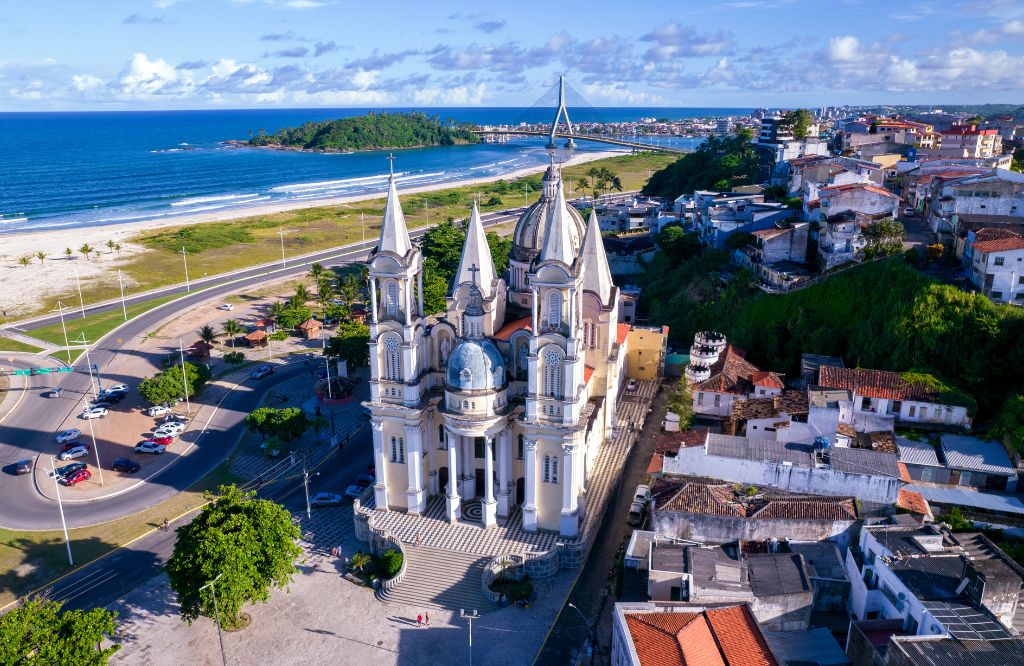
What to do in Bahia
Tourism in Bahia offers a multitude of activities for all tastes. From exploring the rich local culture to adventuring in nature, there’s always something exciting to do. Here are five must-do activities to make the most of your trip.
Explore the Pelourinho in Salvador
Pelourinho, in the historic center of Salvador, is one of the most iconic places in Bahia. With its cobblestone streets, colonial mansions, and baroque churches, Pelourinho is a true dive into Bahian history and culture.
- Visit the Church of São Francisco, famous for its gold details.
- Explore local museums, such as the Afro-Brazilian Museum.
- Watch a capoeira performance in Pelourinho’s squares.
Relax on the beaches of Porto Seguro
Porto Seguro is known for its beautiful beaches and lively atmosphere. Whether to relax or enjoy the nightlife, the beaches of Porto Seguro are an unmissable destination in tourism in Bahia.
- Enjoy the beach huts in Taperapuã, with live music and refreshing drinks.
- Take a boat trip to Recife de Fora to dive among corals.
- Explore the beaches of Arraial d’Ajuda and Trancoso, famous for their natural beauty.
Adventure in Chapada Diamantina
For nature and adventure lovers, Chapada Diamantina is the ideal destination. With its trails, waterfalls, and caves, the national park offers stunning landscapes and exciting activities.
- Hike to Cachoeira da Fumaça, one of the highest in Brazil.
- Explore the Gruta da Lapa Doce, one of the largest caves in Brazil.
- Climb Morro do Pai Inácio for a panoramic view of the region.
Surf the waves of Itacaré
Itacaré is a paradise for surfers, with beaches offering perfect waves for all levels. Besides surfing, the city is known for its trails and waterfalls, making it an ideal destination for ecotourism.
- Catch waves at Praia da Tiririca, the most famous among surfers.
- Hike to Cachoeira do Tijuípe for a refreshing bath.
- Explore more isolated beaches, such as Prainha, accessible only by trail.
Explore Projeto Tamar in Praia do Forte
Projeto Tamar, in Praia do Forte, is one of Brazil’s main sea turtle conservation initiatives. Visiting the project is a great opportunity to learn about marine life and support environmental conservation.
- Participate in lectures and educational activities offered by the project.
- Observe the turtles in the exhibition tanks and learn about their species.
- Enjoy the tranquil beaches of Praia do Forte to relax after the visit.
Tourism in Bahia offers a variety of activities for all tastes. Plan your trip and make the most of everything this incredible state has to offer.
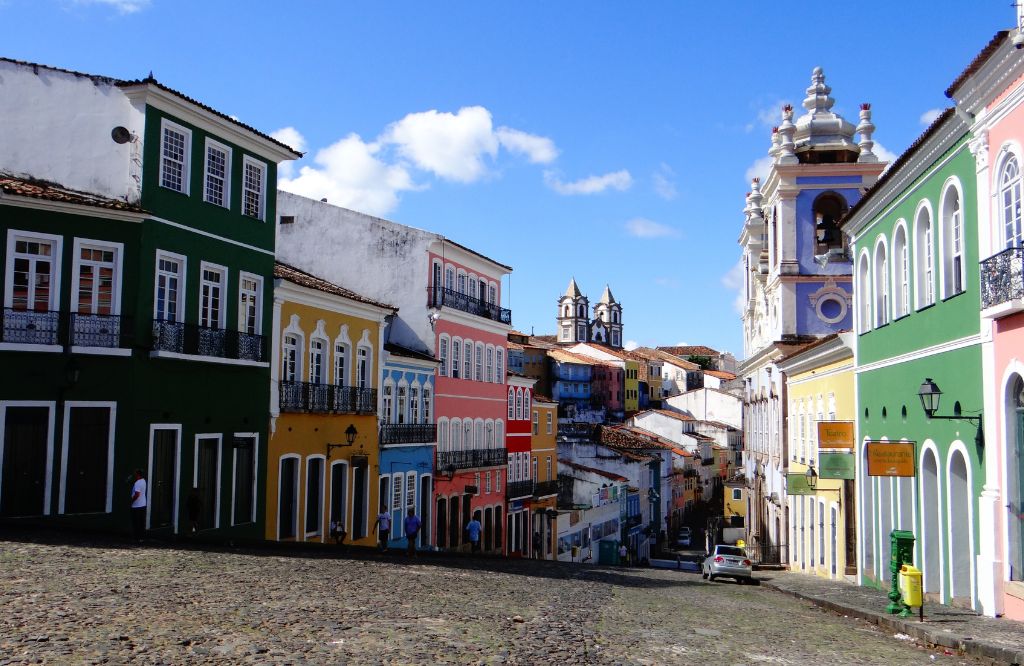
Gastronomy in Bahia
Bahian cuisine is one of the richest and most flavorful in Brazil, reflecting the state’s cultural and historical diversity. With African, indigenous, and Portuguese influences, Bahian cuisine offers a unique experience for visitors. In the context of tourism in Bahia, trying typical dishes is an unmissable activity that provides a true immersion in the local culture.
Typical dishes to try
- Acarajé: Bean fritter fried in palm oil, stuffed with vatapá, dried shrimp, and pepper. Sold on the streets by women dressed in traditional attire.
- Moqueca baiana: Fish or seafood stew cooked with palm oil, coconut milk, bell pepper, tomato, and onion. Served with rice and pirão.
- Vatapá: Cream made from bread, coconut milk, peanuts, cashew nuts, dried shrimp, and palm oil. Usually accompanies acarajé or is served with rice.
- Caruru: Dish made with okra, dried shrimp, cashew nuts, peanuts, and palm oil. Traditionally served at religious festivals.
- Bobó de camarão: Cassava puree with shrimp, seasoned with palm oil, coconut milk, and bell pepper. Served with white rice.
Tips to enjoy bahian cuisine
- Fairs and markets: Visit local fairs and markets, such as the Mercado Modelo in Salvador, to try typical dishes and buy local ingredients.
- Typical restaurants: Look for restaurants specializing in Bahian food. In Salvador, Yemanjá Restaurant and Paraíso Tropical Restaurant are good options.
- Street food: Don’t miss the opportunity to try acarajé and other snacks sold on the streets by women dressed in traditional attire. It’s an authentic and delicious experience.
- Gastronomic festivals: Participate in gastronomic festivals that take place throughout the year, such as the Acarajé and Abará Festival in Salvador, to try a variety of typical dishes.
- Cooking classes: Enroll in Bahian cooking classes to learn how to prepare typical dishes. Many cooking schools in Salvador offer courses for tourists.
Exploring Bahian cuisine is an essential part of tourism in Bahia. Each dish tells a story and offers a new perspective on the state’s rich culture. Enjoy these tips and dive headfirst into this unique culinary experience.

How to get to and around Bahia
Traveling through Bahia is an experience that starts from your arrival. With various transportation options, it’s easy to find the best way to explore this state full of natural and cultural beauties. Let’s see how you can get to Bahia and get around in a practical and efficient way.
Getting to Bahia
Tourism in Bahia starts with a good arrival. There are several options to get to the state, depending on where you are coming from.
By plane
The fastest and most convenient way to get to Bahia is by air. The state has three main airports:
- Salvador International Airport (SSA): The main gateway, with national and international flights.
- Porto Seguro Airport (BPS): Ideal for those heading to the beaches in southern Bahia.
- Ilhéus Airport (IOS): Serves the cocoa region and the beaches of Itacaré and Ilhéus.
By car
If you prefer a more flexible trip, arriving by car can be a great option. The main highways leading to Bahia are:
- BR-101: Runs through the state from north to south, passing through several coastal cities.
- BR-116: Connects southern Bahia to the rest of Brazil, passing through the state’s interior.
By bus
For those who prefer to travel by bus, several companies operate interstate and intercity lines, connecting Bahia to other states and cities.
Getting around Bahia
After arriving, it’s important to know how to get around to explore all the wonders that tourism in Bahia offers.
Car rental
Renting a car is one of the best options to explore Bahia with freedom. This allows you to visit more remote destinations and have flexibility in your itinerary.
Tips:
- Book the car in advance to ensure better prices.
- Check road conditions and plan your route.
- Always have a GPS or updated map.
Public transportation
The main cities, such as Salvador, have well-developed public transportation systems, including urban buses and metro.
Tips:
- Use transportation apps to check schedules and routes.
- In Salvador, the metro is a quick and safe option to get around.
Taxis and ride-sharing apps
Taxis and ride-sharing services, such as Uber and 99, are widely available in major cities and tourist areas.
Tips:
- Always check the estimated fare before accepting.
- Prefer official taxi stands in tourist areas.
Organized tours
For those who prefer convenience, many travel agencies offer organized tours to the main destinations in Bahia. These tours usually include transportation, guides, and tickets to attractions.
Tips:
- Research and compare different agencies to find the best offer.
- Check online reviews to ensure service quality.
Exploring Bahia is an unforgettable experience, and knowing how to get there and get around is essential to make the most of tourism in Bahia. Plan your trip well and enjoy everything this wonderful state has to offer.
Best time to visit Bahia
Bahia is a destination that can be visited all year round, but the best time to visit depends on what you are looking for.
Summer (December to March)
If you want to enjoy the beaches, parties, and heat, summer is the best time. Temperatures are high, perfect for enjoying the sea and outdoor events, such as the famous Carnival of Salvador.
Winter (June to August)
For those who prefer milder temperatures and want to explore nature, winter is ideal. It is the best time to visit Chapada Diamantina, with pleasant weather and fewer rains, making trails and tours easier.
Fall and Spring (April to May and September to November)
These seasons are great for those seeking balanced weather and fewer tourists. Temperatures are pleasant, and accommodation rates are usually more affordable.
Regardless of the time, Bahia always offers unforgettable experiences. Plan your trip according to your preferences and enjoy everything this incredible state has to offer.
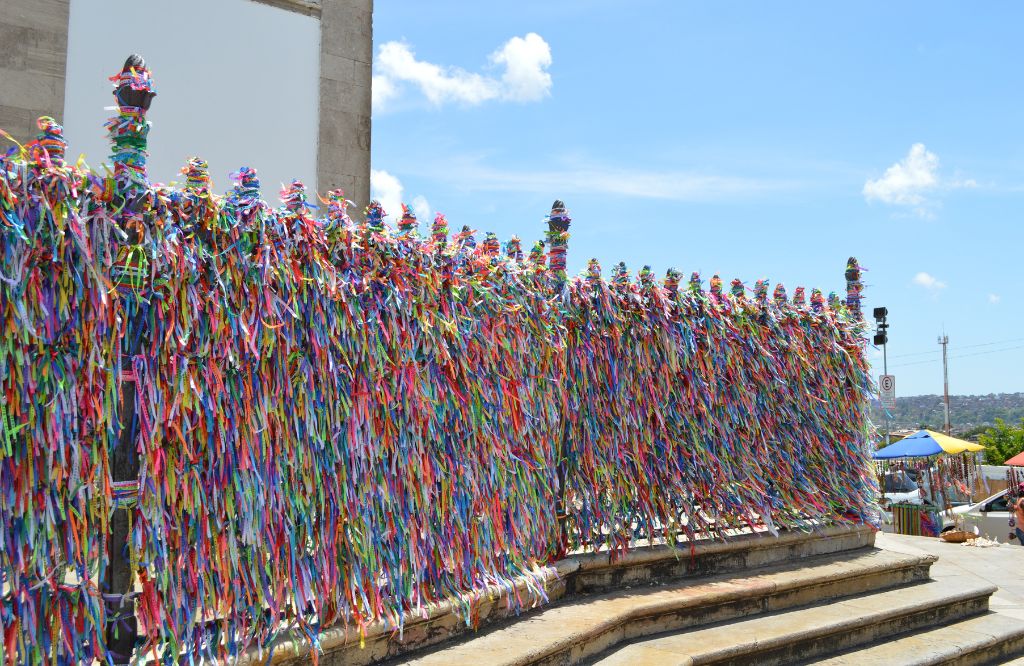
FAQ – Tourism in Bahia
Do I need a visa to visit Bahia?
If you are Brazilian, you do not need a visa. For foreigners, check the specific requirements of your country of origin.
What is the best time to visit Bahia?
Bahia can be visited all year round, but summer (December to March) is ideal for those who want to enjoy the beaches and parties, while winter (June to August) is perfect for exploring Chapada Diamantina with milder temperatures.
What are the main typical foods of Bahia?
Acarajé, moqueca, vatapá, and caruru are some of the dishes you must try. Bahian cuisine is rich in flavors and traditions.
How can I get around Bahia?
You can rent a car, use intercity buses, or hire tours with local agencies. In larger cities like Salvador, transportation apps and taxis are good options.
Is it safe to travel around Bahia?
As in any destination, it is important to take basic precautions. Avoid unknown areas at night, always be aware of your belongings, and prefer to use hotel safes to store valuables.
Where can I withdraw cash?
You can withdraw cash at ATM24h machines, which are spread throughout the state. It’s always good to have cash for small purchases and in more remote locations.
What are the main tourist destinations in Bahia?
Some of the main destinations include Salvador, Chapada Diamantina, Porto Seguro, Praia do Forte, Ilhéus, and Itacaré. Each offers a unique experience
What should I pack for Bahia?
Bring light clothing, sunscreen, insect repellent, a hat or cap, swimwear, and comfortable shoes. If you are visiting Chapada Diamantina, also include hiking clothes and a jacket for cooler nights.
How is the internet connection in Bahia?
In urban and tourist areas, the internet connection is generally good, with Wi-Fi available in many hotels, restaurants, and cafes. In more remote areas, the connection may be limited.
Do I need any vaccinations to visit Bahia?
There are no specific vaccination requirements to visit Bahia, but it is always good to be up to date with your vaccines, including the yellow fever vaccine, especially if you are visiting jungle areas.
These are some of the most frequently asked questions about tourism in Bahia. If you have more questions, feel free to ask. Have a great trip!
More tips to help you travel around Bahia
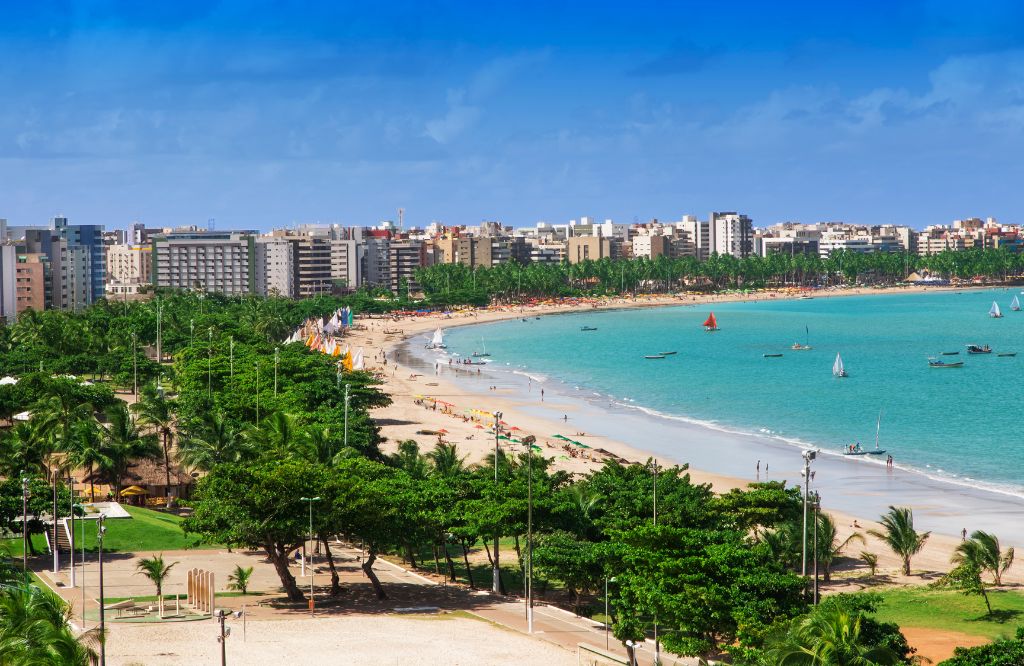
Withdraw cash at ATM24h machines
Although many establishments accept cards, it’s always good to have cash for small purchases and in more remote locations. ATM24h machines are spread throughout the state, making it easy to withdraw money anywhere.
Money Exchange in Salvador – Essential tips and safest options
Sunscreen and repellent
The sun in Bahia is strong, so don’t forget to bring sunscreen. Additionally, in forested and beach areas, repellent is essential to avoid insect bites.
Stay hydrated
Keep yourself hydrated, especially if you are exploring trails or spending the day at the beach. Always carry a water bottle with you.
Try the local cuisine
Bahian cuisine is rich and varied. Don’t miss trying typical dishes like acarajé, moqueca, vatapá, and caruru. Besides being delicious, they are an important part of the local culture.
Respect the culture and traditions
Bahia is a state with vibrant culture and unique traditions. Respect local customs, participate in festivals and events with an open spirit, and take the opportunity to learn more about Bahian history and culture.
Local transportation
If you need to get around within the cities, use transportation apps or taxis for greater safety and comfort. In tourist areas, it’s often possible to take walks or bike rides.
Accommodation
Book your accommodation in advance, especially during high season periods like summer and Carnival. There are options for all tastes and budgets, from charming inns to luxurious resorts.
With these tips, your trip to Bahia will be even more pleasant and enjoyable. Get ready to be enchanted by this wonderful state!
Security
- Recommended tourist services: Use recognized tourist agencies and accredited local guides.
- Dangerous areas: Avoid isolated areas without a guide and always prefer busy places.
- Local guidelines: Follow the recommendations of residents and local authorities regarding safety and behavior.
Documentation
- Visa: Check whether your country of origin requires a visa to enter Brazil and obtain one in advance.
- Vaccinations: The yellow fever vaccine is recommended, especially if you plan to visit rural or forested areas. Check other vaccinations recommended by your country.
- Health insurance: Purchase travel insurance that covers medical expenses and emergencies.


